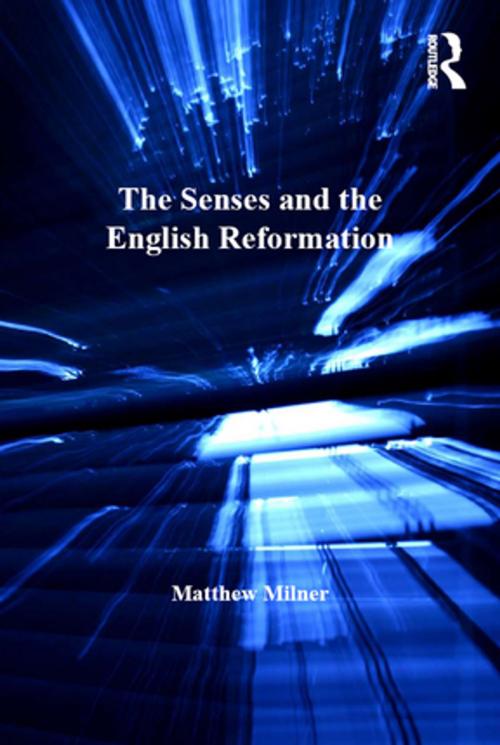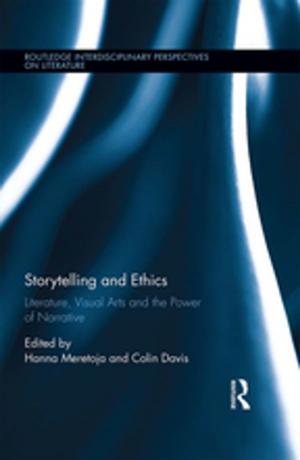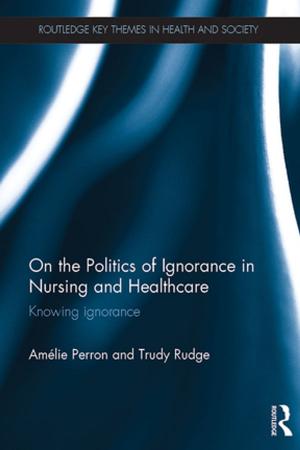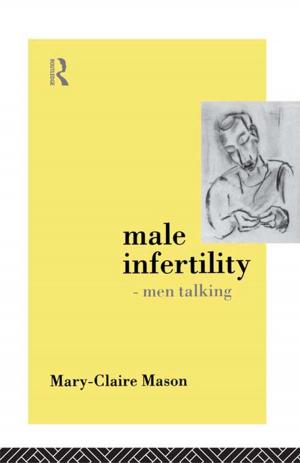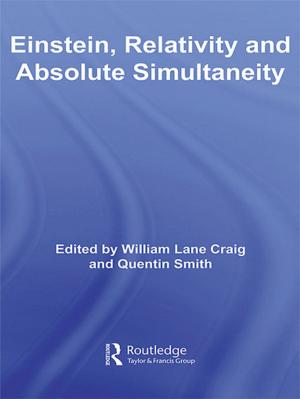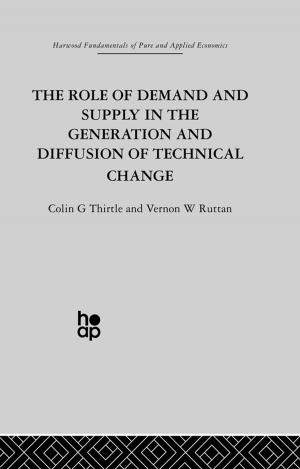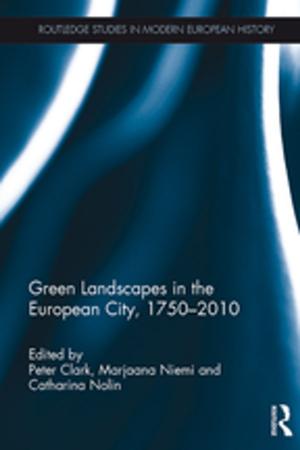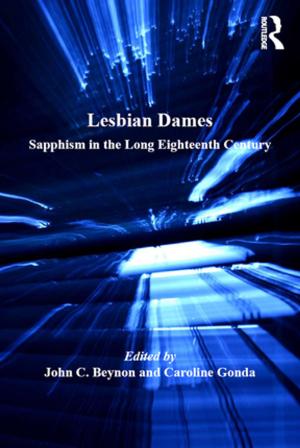| Author: | Matthew Milner | ISBN: | 9781317016359 |
| Publisher: | Taylor and Francis | Publication: | March 3, 2016 |
| Imprint: | Routledge | Language: | English |
| Author: | Matthew Milner |
| ISBN: | 9781317016359 |
| Publisher: | Taylor and Francis |
| Publication: | March 3, 2016 |
| Imprint: | Routledge |
| Language: | English |
It is a commonly held belief that medieval Catholics were focussed on the 'bells and whistles' of religious practices, the smoke, images, sights and sounds that dazzled pre-modern churchgoers. Protestantism, in contrast, has been cast as Catholicism's austere, intellective and less sensual rival sibling. With iis white-washed walls, lack of incense (and often music) Protestantism worship emphasised preaching and scripture, making the new religion a drab and disengaged sensual experience. In order to challenge such entrenched assumptions, this book examines Tudor views on the senses to create a new lens through which to explore the English Reformation. Divided into two sections, the book begins with an examination of pre-Reformation beliefs and practices, establishing intellectual views on the senses in fifteenth-century England, and situating them within their contemporary philosophical and cultural tensions. Having established the parameters for the role of sense before the Reformation, the second half of the book mirrors these concerns in the post-1520 world, looking at how, and to what degree, the relationship between religious practices and sensation changed as a result of the Reformation. By taking this long-term, binary approach, the study is able to tackle fundamental questions regarding the role of the senses in late-medieval and early modern English Christianity. By looking at what English men and women thought about sight, hearing, smell, taste and touch, the stereotype that Protestantism was not sensual, and that Catholicism was overly sensualised is wholly undermined. Through this examination of how worship was transformed in its textual and liturgical forms, the book illustrates how English religion sought to reflect changing ideas surrounding the senses and their place in religious life. Worship had to be 'sensible', and following how reformers and their opponents built liturgy around experience of the sacred through the physical allows us to tease out the tensions and pressures which shaped religious reform.
It is a commonly held belief that medieval Catholics were focussed on the 'bells and whistles' of religious practices, the smoke, images, sights and sounds that dazzled pre-modern churchgoers. Protestantism, in contrast, has been cast as Catholicism's austere, intellective and less sensual rival sibling. With iis white-washed walls, lack of incense (and often music) Protestantism worship emphasised preaching and scripture, making the new religion a drab and disengaged sensual experience. In order to challenge such entrenched assumptions, this book examines Tudor views on the senses to create a new lens through which to explore the English Reformation. Divided into two sections, the book begins with an examination of pre-Reformation beliefs and practices, establishing intellectual views on the senses in fifteenth-century England, and situating them within their contemporary philosophical and cultural tensions. Having established the parameters for the role of sense before the Reformation, the second half of the book mirrors these concerns in the post-1520 world, looking at how, and to what degree, the relationship between religious practices and sensation changed as a result of the Reformation. By taking this long-term, binary approach, the study is able to tackle fundamental questions regarding the role of the senses in late-medieval and early modern English Christianity. By looking at what English men and women thought about sight, hearing, smell, taste and touch, the stereotype that Protestantism was not sensual, and that Catholicism was overly sensualised is wholly undermined. Through this examination of how worship was transformed in its textual and liturgical forms, the book illustrates how English religion sought to reflect changing ideas surrounding the senses and their place in religious life. Worship had to be 'sensible', and following how reformers and their opponents built liturgy around experience of the sacred through the physical allows us to tease out the tensions and pressures which shaped religious reform.
